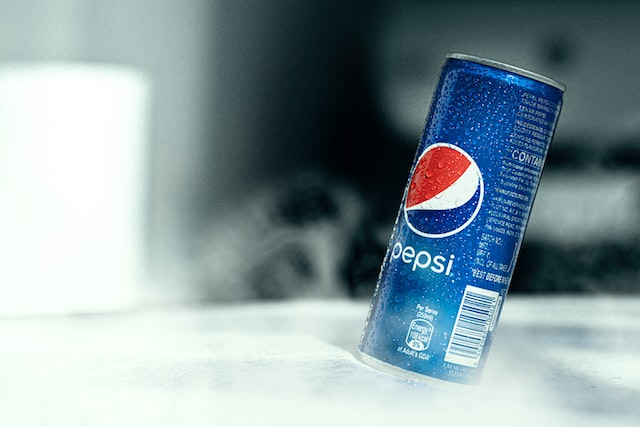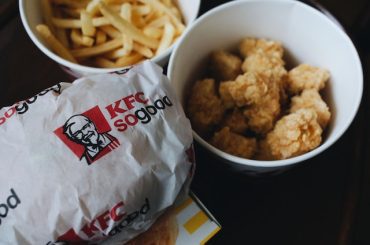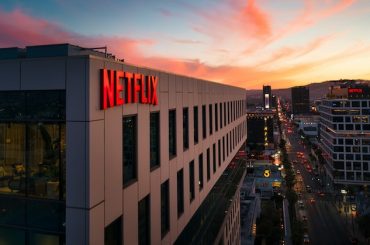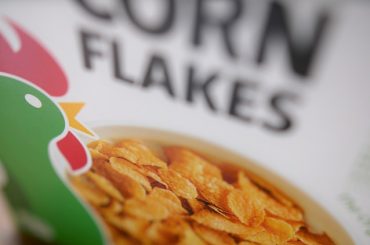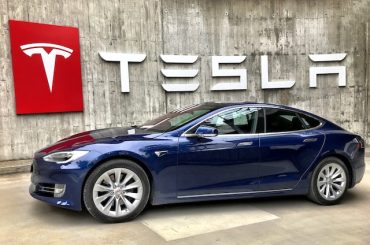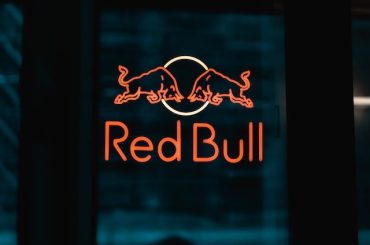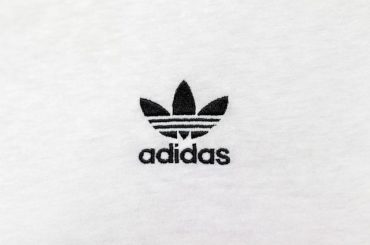Before we dive deep into the Marketing Mix (4Ps), let’s get the business overview of Pepsi. PepsiCo is a global food and beverage company headquartered in Purchase, New York, United States.
The company was founded in 1965 through the merger of Pepsi-Cola, a soft drink company established in 1898, and Frito-Lay, a snack food company founded in 1932. PepsiCo has become one of the world’s largest and most successful food and beverage companies, with a diverse product portfolio that includes well-known brands in various categories.
Pepsi is organized into seven reportable segments (also referred to as divisions) as follows:
- Frito-Lay North America (FLNA), which includes its branded convenient food businesses in the United States and Canada
- Quaker Foods North America (QFNA), which includes its branded convenient food businesses, such as cereal, rice, pasta, and other branded food, in the United States and Canada;
- PepsiCo Beverages North America (PBNA), which includes beverage businesses in the United States and Canada;
- Latin America (LatAm), which includes all of the beverage and convenient food businesses in Latin America;
- Europe, which includes all of the beverage and convenient food businesses in Europe;
- Africa, Middle East, and South Asia (AMESA), which includes all of our beverage and convenient food businesses in Africa, the Middle East, and South Asia; and
- Asia Pacific, Australia, New Zealand, and China Region (APAC) includes all beverage and convenient food businesses in Asia Pacific, Australia, New Zealand, and China.
Innovation and Sustainability: PepsiCo is committed to innovating new products, packaging, and manufacturing processes that meet consumer demands and promote sustainability. The company has set ambitious environmental goals, such as reducing water and energy usage, lowering greenhouse gas emissions, and increasing the use of recyclable packaging materials.
Financial Performance: In 2023, Pepsi generated a revenue of $91.4 billion at a net operating profit of $11.5 billion.
Pepsi: Business Model | Marketing Strategy | Distribution Channel
Product
PepsiCo’s product offerings span four main categories – beverages, snacks, nutrition, and Quaker foods. The company’s most popular brands include Pepsi, Mountain Dew, Lay’s, Gatorade, Tropicana, Quaker, Doritos, Cheetos, and Aquafina. PepsiCo continually innovates and expands its product portfolio to cater to changing consumer preferences and market trends.
- Beverages: PepsiCo’s beverage category includes carbonated and non-carbonated drinks, such as Pepsi, Mountain Dew, 7UP, Gatorade, Tropicana, Aquafina, and Lipton. The company offers a variety of flavors and low-calorie, sugar-free, and functional beverage options to cater to different consumer preferences and dietary needs.
- Snacks: PepsiCo’s snack category comprises a wide range of popular brands like Lay’s, Doritos, Cheetos, Ruffles, and Fritos. These products come in various flavors, textures, and pack sizes, targeting different consumer segments and consumption occasions.
- Nutrition: PepsiCo’s nutrition category focuses on products that cater to health-conscious consumers, offering options like Quaker Oats, Naked Juice, and Sabra hummus. These products are designed to provide nutritional benefits, such as whole grains, fruits, vegetables, and proteins, to meet the growing demand for healthier food choices.
- Quaker Foods: The Quaker Foods category includes products like Quaker Oats, Quaker Rice Cakes, and Quaker Granola Bars. These products are centered around providing consumers with wholesome, nutritious, and convenient meal solutions.
- Innovation and Limited Editions: PepsiCo continuously invests in product innovation, introducing new flavors, limited editions, and innovative packaging to maintain consumer interest and adapt to market trends. For example, the company has launched products like Pepsi Zero Sugar, Lay’s Poppables, and Gatorade Zero to cater to evolving consumer preferences.
- Regional Variations: PepsiCo tailors its product offerings to cater to regional tastes and preferences. This includes developing flavors, formulations, and products that are specifically designed for local markets, ensuring the company’s products resonate with consumers in different regions.
Price
- Competitive Pricing: Pepsi operates in a highly competitive market, with numerous players offering similar products. As a result, it adopts a competitive pricing strategy to ensure its products are priced in line with or slightly below those of its competitors, like Coca-Cola. This approach helps Pepsi stay competitive and maintain or increase its market share.
- Market Penetration Pricing: In emerging markets or new regions, Pepsi often employs a market penetration pricing strategy. This involves offering products at lower prices initially to attract customers, gain market share, and create brand awareness. Once a substantial customer base is established, Pepsi can gradually increase its prices to align with the market average.
- Promotional Pricing: Pepsi frequently offers promotional pricing, such as discounts, bundled offers, and special deals, to boost sales and encourage customers to purchase its products. These promotions are often tied to events, seasonal campaigns, or new product launches.
- Price Discrimination: Pepsi employs price discrimination based on factors such as region, distribution channel, and packaging size. This allows the company to cater to different customer segments and capture a broader market. For example, smaller packaging sizes or refill packs are more affordable for price-sensitive consumers or those with limited purchasing power.
- Psychological Pricing: Pepsi also uses psychological pricing, which involves setting prices slightly below whole numbers (e.g., $1.99 instead of $2.00) to create the perception of a better deal. This strategy can influence consumer behavior and encourage purchases.
Place
- Global Reach: PepsiCo, the parent company of Pepsi, operates in more than 200 countries and territories worldwide. This wide geographic reach allows Pepsi products to be available to many consumers across different regions.
- Distribution Channels: Pepsi employs a multi-channel distribution strategy to ensure its products are available in various retail outlets, such as supermarkets, convenience stores, restaurants, hotels, and vending machines. The company works with numerous distributors and wholesalers to stock its products in these locations.
- Direct Store Delivery (DSD): Pepsi utilizes a Direct Store Delivery system in many markets, which involves delivering products directly to retail stores rather than relying on third-party distributors. This approach helps the company maintain better control over inventory, reduce stockouts, and ensure fresher products reach consumers.
- Production Facilities: PepsiCo has multiple production facilities spread across different regions to reduce transportation costs, cater to local demand, and adapt to regional preferences. These facilities produce and package Pepsi products distributed to various retailers.
- Digital Channels: With the increasing importance of e-commerce, Pepsi has also expanded its presence in online retail channels. Consumers can now purchase Pepsi products through online shopping platforms, grocery delivery services, and even the company’s own website in some regions.
Promotion
- Advertising: Pepsi invests heavily in advertising across various media platforms, such as television, radio, print, digital, and out-of-home advertising. The company’s ads often feature celebrities, catchy slogans, and memorable visuals to create a strong brand image and appeal to the target audience.
- Sponsorships and Partnerships: Pepsi has a long history of engaging in high-profile sponsorships and partnerships, particularly in the sports and entertainment industries. The company has sponsored major sporting events like the FIFA World Cup, the NFL, and the Indian Premier League (IPL), as well as partnering with popular music artists and events. These sponsorships help increase brand visibility and create positive associations with the brand.
- Social Media and Digital Marketing: Pepsi leverages social media platforms like Facebook, Instagram, Twitter, and YouTube to engage with its audience, promote new products, and share compelling content. The company also invests in digital marketing campaigns, including search engine marketing, display advertising, and influencer marketing, to reach a wider audience and target specific demographics.
- Sales Promotions: Pepsi regularly offers sales promotions, such as discounts, rebates, and bundled offers, to incentivize customers to purchase its products. These promotions can help drive short-term sales, increase market share, and encourage brand switching.
- Point of Purchase (POP) Displays: Pepsi uses eye-catching POP displays at retail locations to attract consumer attention and promote impulse purchases. These displays can feature limited-edition packaging, new products, or special promotions to encourage customers to buy Pepsi products.
- Public Relations (PR) and Events: Pepsi engages in PR activities to maintain a positive brand image and generate buzz around the brand. This includes press releases, media relations, and participation in industry events and trade shows.

